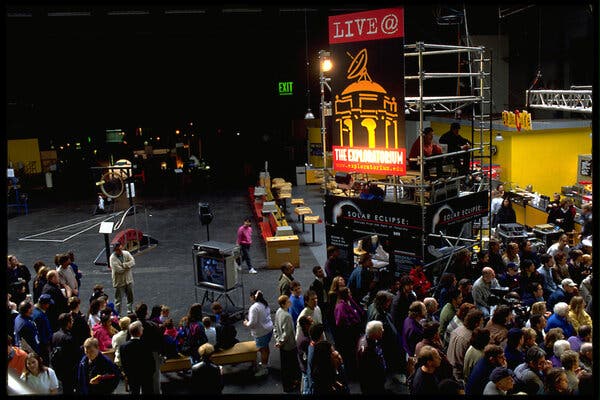A total solar eclipse in Aruba was streamed to millions of users of the World Wide Web in 1998, helping to start an ongoing era of viral videos of space and astronomy.
On Feb. 26, 1998, hundreds of people gathered to watch a total solar eclipse.
The crowd gasped as the moon gobbled up the sun. They oohed and aahed as the feathery streams of the top of the solar atmosphere burst into view. Applause erupted moments later, when the sun peeked back out from behind the lunar surface.
“Saved again by the laws of celestial mechanics,” a host of the event said in a video recording with scenes from Aruba, one of the places where the eclipse crossed land.
Except that crowd wasn’t actually in Aruba. They were thousands of miles away in San Francisco, clustered in front of a screen at a museum called the Exploratorium. For what might have been the first time in the history of the internet, a solar eclipse was streamed live. The crowd in the auditorium wasn’t the eclipse’s only remote audience. Potentially millions of users of the young World Wide Web watched “Eclipse ‘98,” creating a moment of digital wildfire years before the public was overcome by viral videos like “Peanut Butter Jelly Time,” “Charlie Bit My Finger” or “Gangnam Style.”
Technology has brought space down to Earth for decades. The public was left in awe as NASA broadcast humanity’s first steps on the moon in 1969; years later, they watched in horror as the space shuttle Challenger exploded on television.
But the rise of the World Wide Web offered a new way to encounter the cosmos. Anyone with a computer, a fast enough internet modem and a monitor could partake on demand in the ethereality of standing under the moon’s shadow — no longer reserved for those who could make it to the eclipse path.
